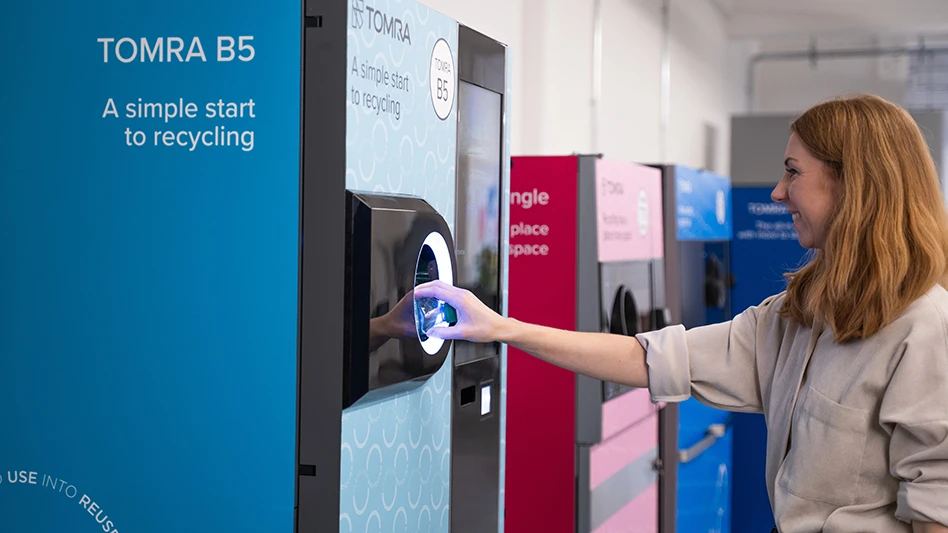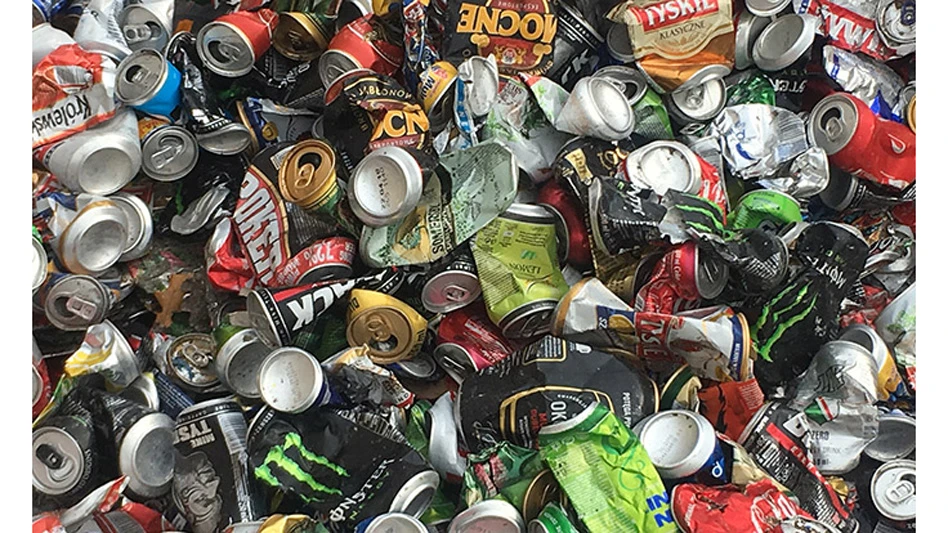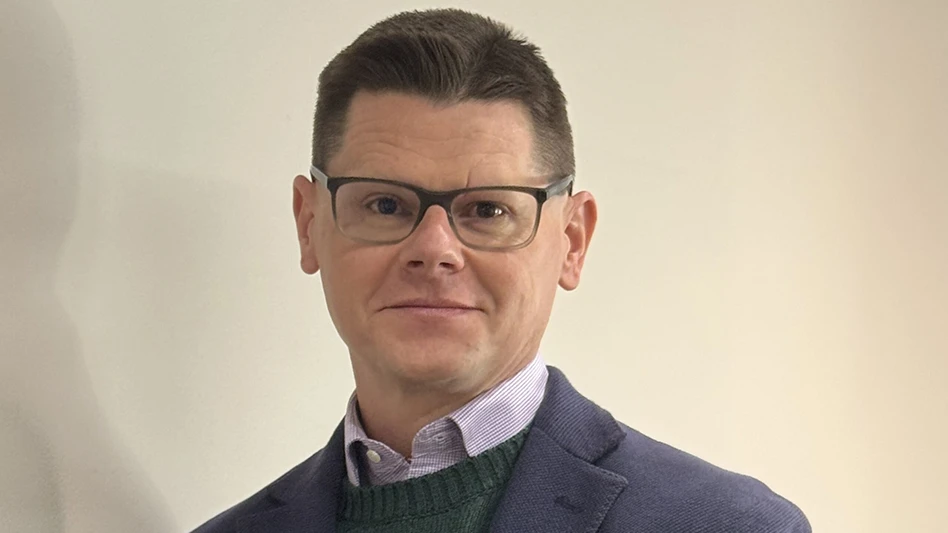Panelists at Recycling Today’s Plastics Recycling Conference & Trade Show presented attendees with their suggestions for collecting and marketing plastics from industrial accounts at a session titled “The Industrial Revolution in Resins.”
Moderator David Kaplan of
Most polymers cannot and should not be mixed, according to Kaplan. Even plastics within the same family should be separated depending on whether they are glass-filled or unfilled, contain flame retardants or not and are clean or slightly contaminated instead, he added. Kaplan also suggested separating plastics by color. However, if space does not allow for this, he said natural material should be separated from colored material at the very least.
Kaplan also told attendees that they can get more for ground material. He suggested dedicating a grinder for every material used, when possible, and properly labeling each grinder with the resin type to be processed. When that’s not possible, he suggested cleaning grinders thoroughly before transitioning to another material.
“Whoever said ‘time is money’ did not know the half of it,” Kaplan said. “Weight is money.” He told attendees that by increasing the weight of the scrap plastics they recovery for recycling, they can decrease their freight charges and increase the value of their plastics.
Kaplan concluded his presentation by providing a list of seven steps to assist a company in choosing the right recycler, which included being CERCLA (commonly known as Superfund) compliant, providing logistical support, having broad market knowledge, being financially stable, providing valuable reports, offering long-term stability and offering one-solution recycling. He added that a recycler should be able to recycle the paper and metal that a manufacturer generates as well as the plastics in addition to being proactive in reducing the amount of material an operation generates.
Blair Brown of All-American Recycling,
When All-American Recycling began in 1982 its focus was on high-grade paper processing. Moving into a larger facility led to a new approach, and today the company processes and sells eight grades of paper and nine grades of plastic, including PET bottles, PET strapping, HDPE, natural LDPE, white LDPE, foam, poly blend, nylon and rubber trim. Brown said responding to its customers’ needs also helped All-American get into plastics recycling.
Today, the company services a number of manufacturers, including Briggs & Stratton, Russell Athletics, Tyco and Duracell.
All-American Recycling’s 250,000 square feet of office and warehouse space allows the company to store material until prices go up, helping it to play the market and get the best return for its customers.
Despite the success of All-American’s one-stop shop approach, Brown cautions that not everything is recyclable, adding “the volume has to be there.” However, even niche markets that do not pay a lot for material like mixed plastics are better than landfilling and help clients remember that you saved them money, Brown said.
He suggested that when servicing industrial customers, recyclers should perform a waste stream analysis, uncover markets for their customers material and know and trust their buyers.
Parker Pruett and Candace Rutherford of United Plastic Recycling Inc., based in
Pruett said there is a lot of competition among plastics recyclers, with 260 recyclers in operation in
Color separation is an expense that doesn’t always pay off for recyclers of industrial materials, Pruett said, offering a counterpoint to Kaplan, as black materials are often made with post-industrial scrap plastics.
Pruett said that by processing multiple resins, a recycler can better manage the ups and downs of the plastics markets. Recyclers who handle multiple materials may take a hit on one grade and make it up with another, he added.
Post-industrial recycled resins can provide manufacturers with a cost savings of up to 50 percent compared to virgin resins as well as help them hedge against supply interruptions from resin plants in the Southeast, as with Hurricane Katrina in 2005, according to Pruett.
In the plastics industry, recyclers either innovate or die, he said, adding that recyclers need to service accounts “anywhere, anyway, anytime.” They also need to take advantage of ongoing material streams, such as TPO bumpers, stretch film and HDPE gas tanks “the bread and butter of any recycling business.” Pruett suggested that recyclers who got in early before these materials had an established market took the advantage. For example, HDPE gas tanks were available for free at first, now they are offered in quarterly bid packages along with higher grades, he said.
“A lot of people in the industry may have a bad impression of plastics, but they can add revenue for your business,” United Plastic Recycling’s
Post-industrial material is often cleaner than post-consumer material and offers a higher market value, she added.
To take advantage of this stream,
Recycling Today’s Plastics Recycling Conference was June 25-27 at the Hyatt Regency O’Hare in suburban
Latest from Recycling Today
- ReMA urges open intra-North American scrap trade
- Axium awarded by regional organization
- China to introduce steel export quotas
- Thyssenkrupp idles capacity in Europe
- Phoenix Technologies closes Ohio rPET facility
- EPA selects 2 governments in Pennsylvania to receive recycling, waste grants
- NWRA Florida Chapter announces 2025 Legislative Champion Awards
- Goldman Sachs Research: Copper prices to decline in 2026





